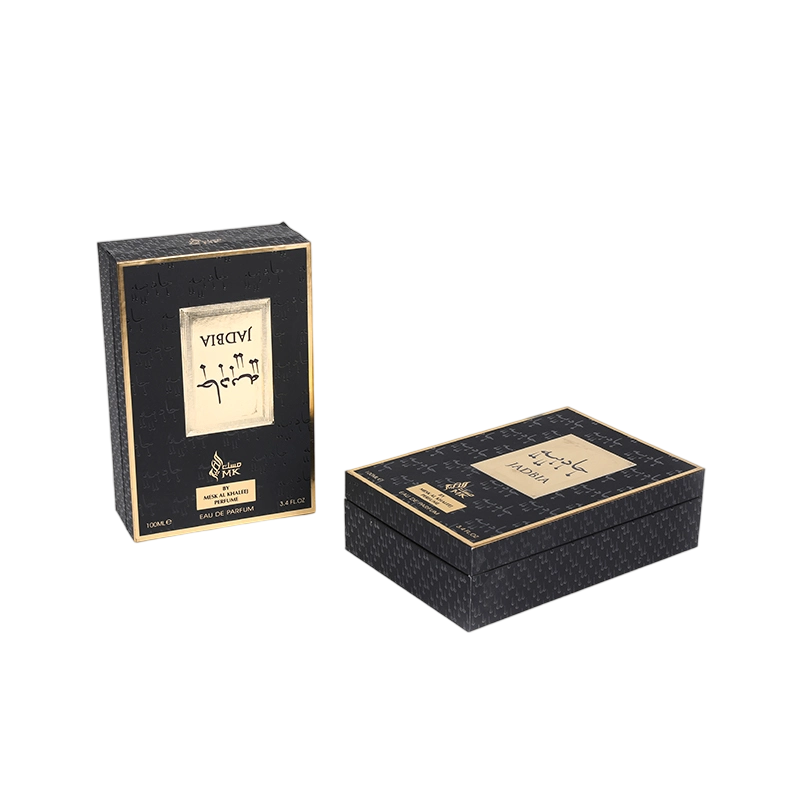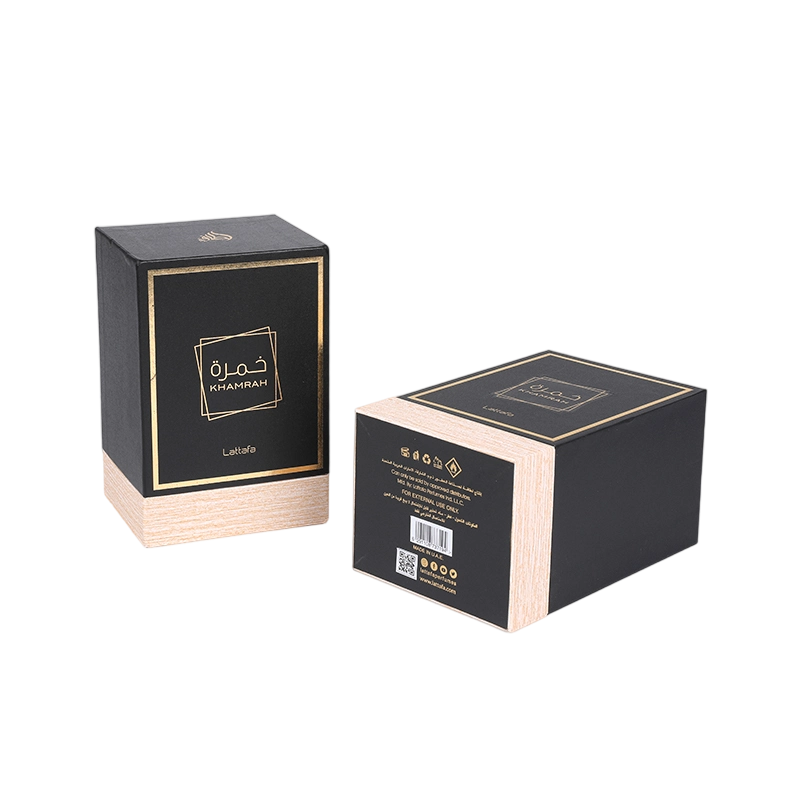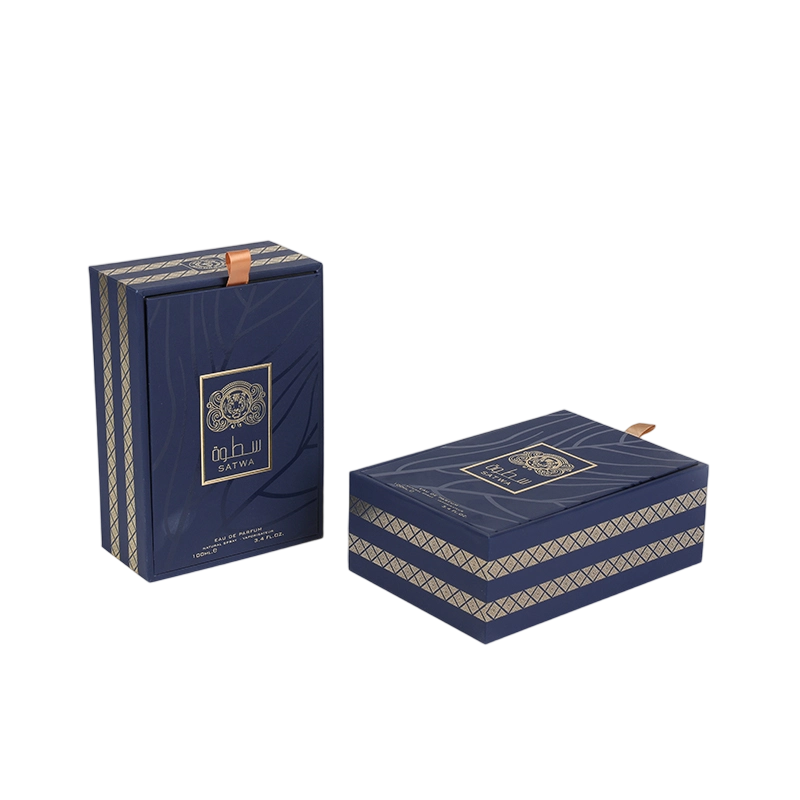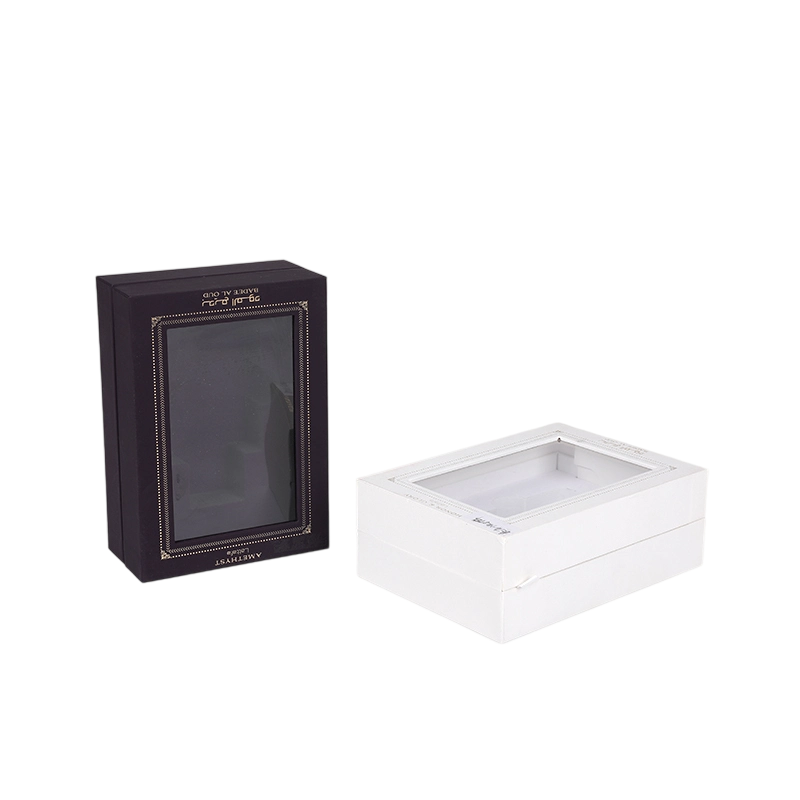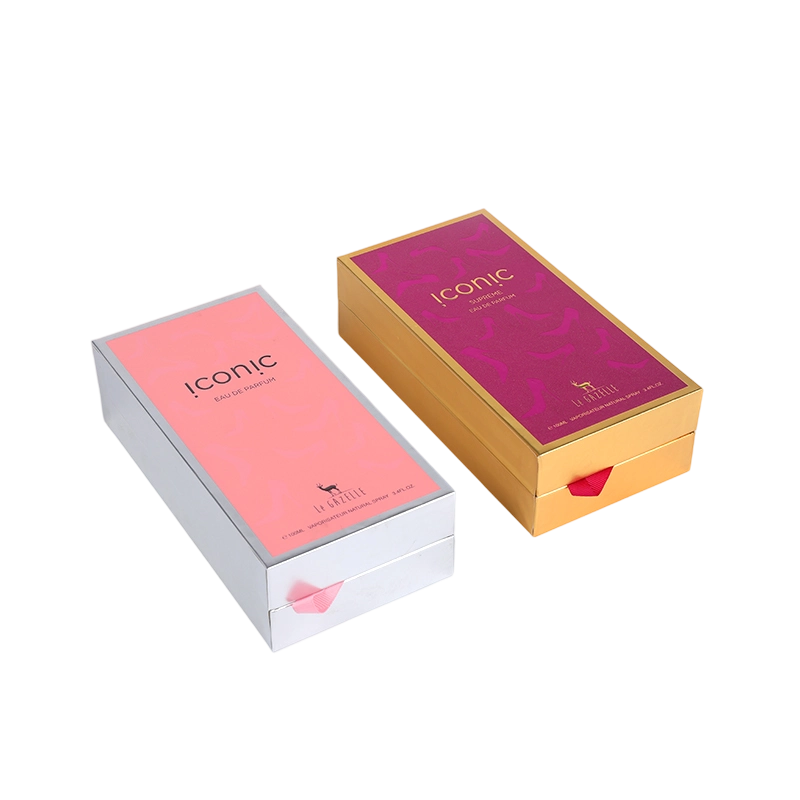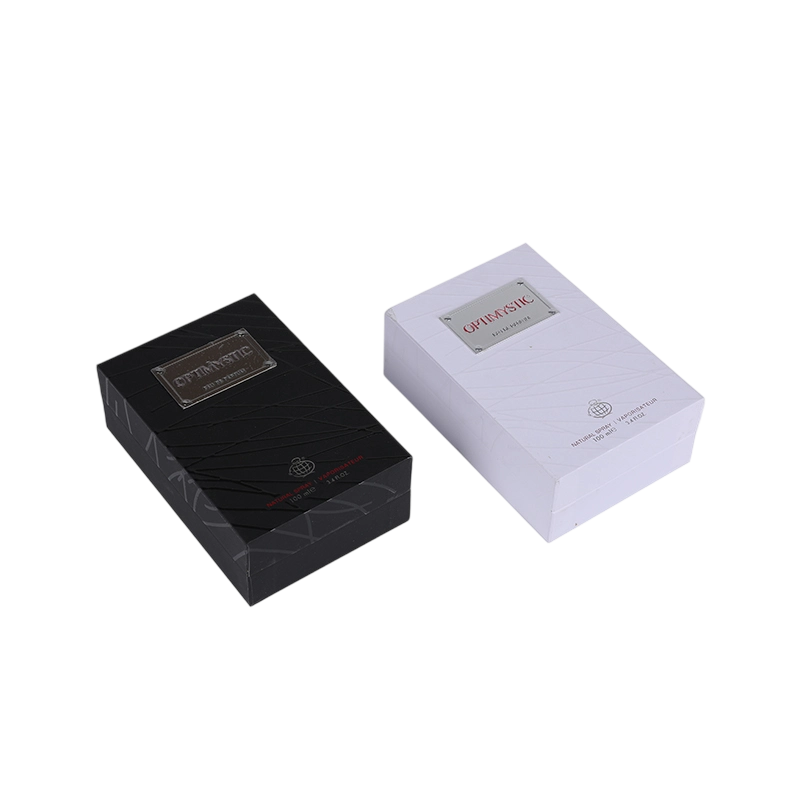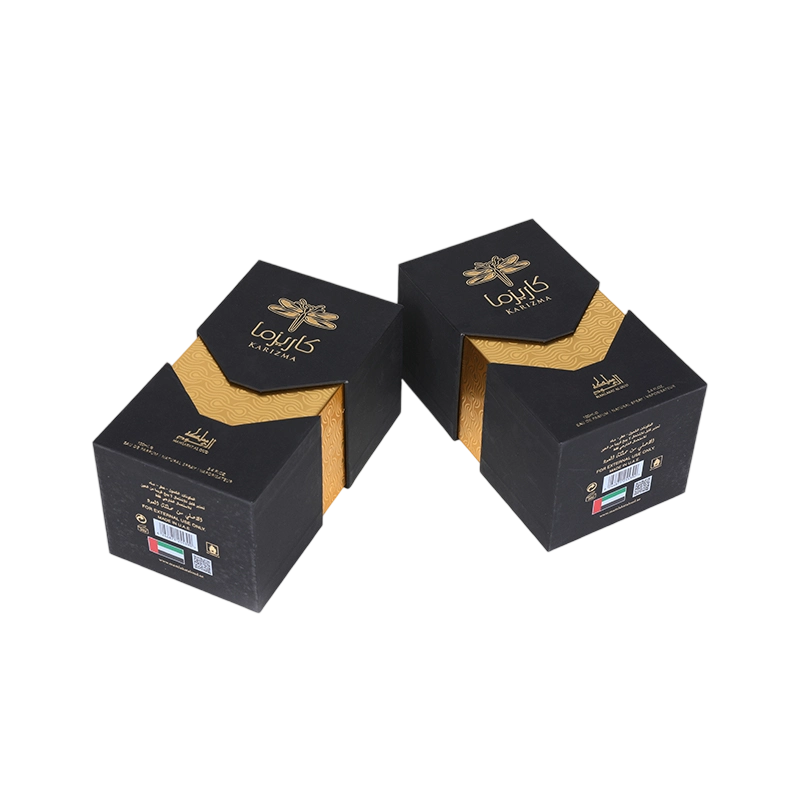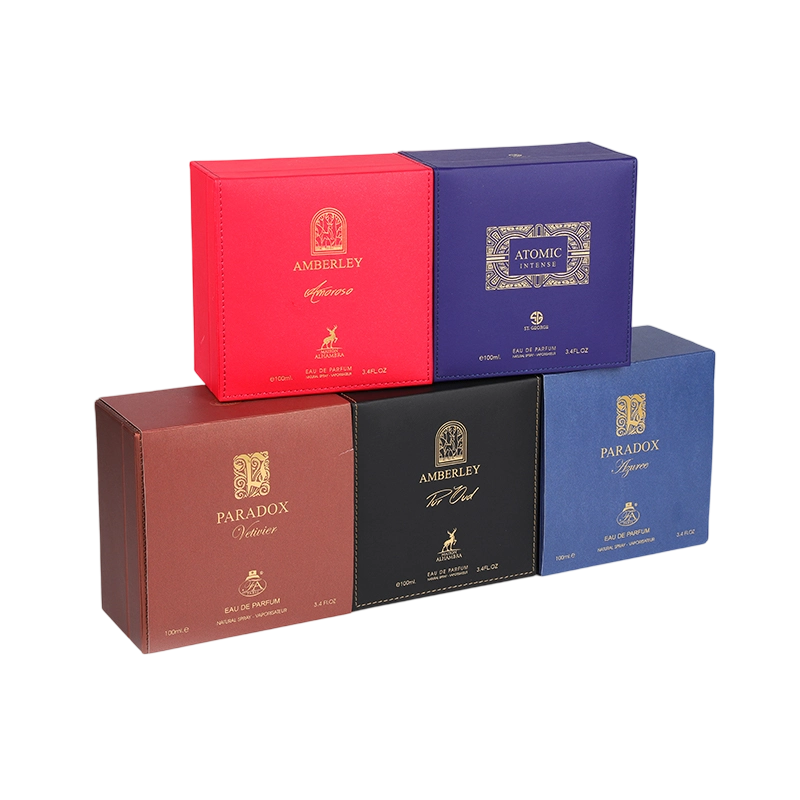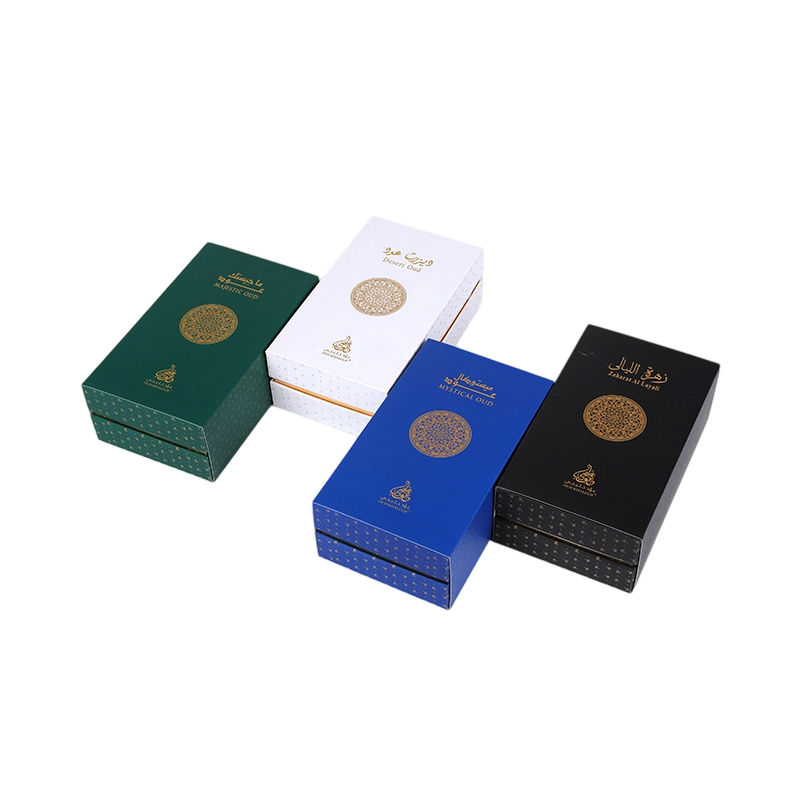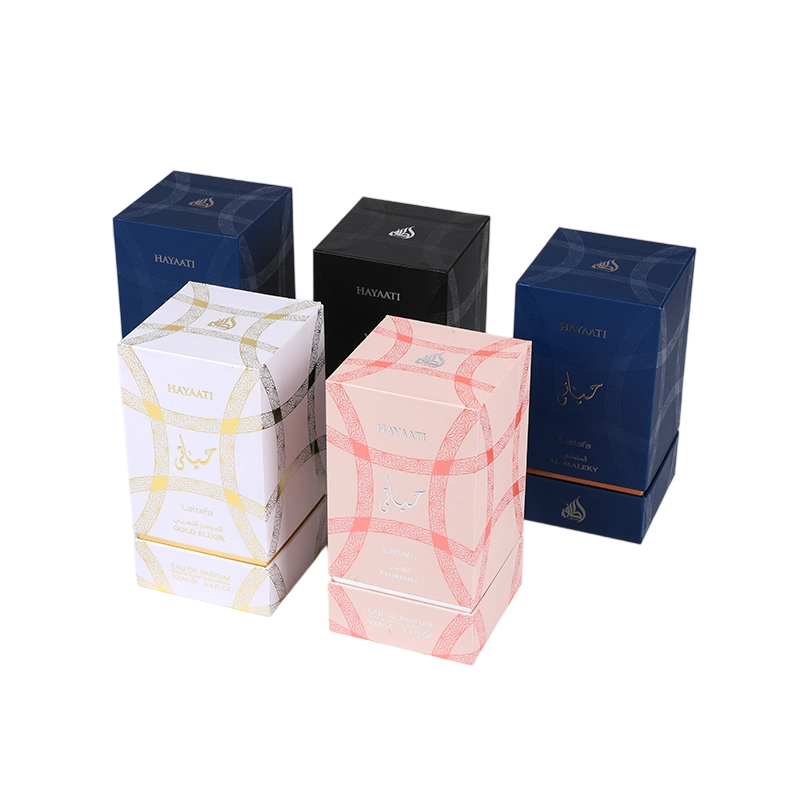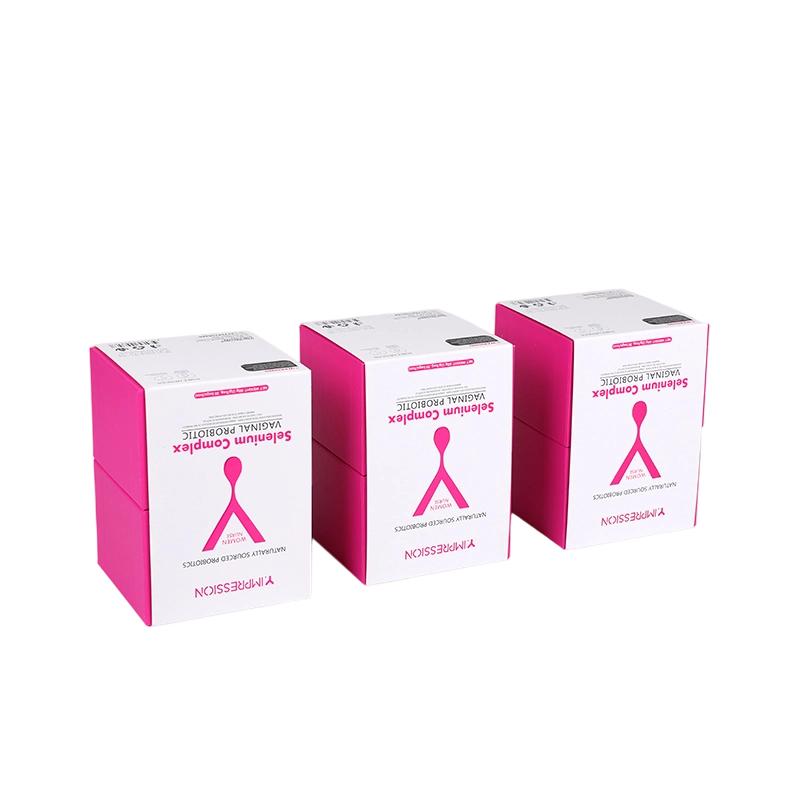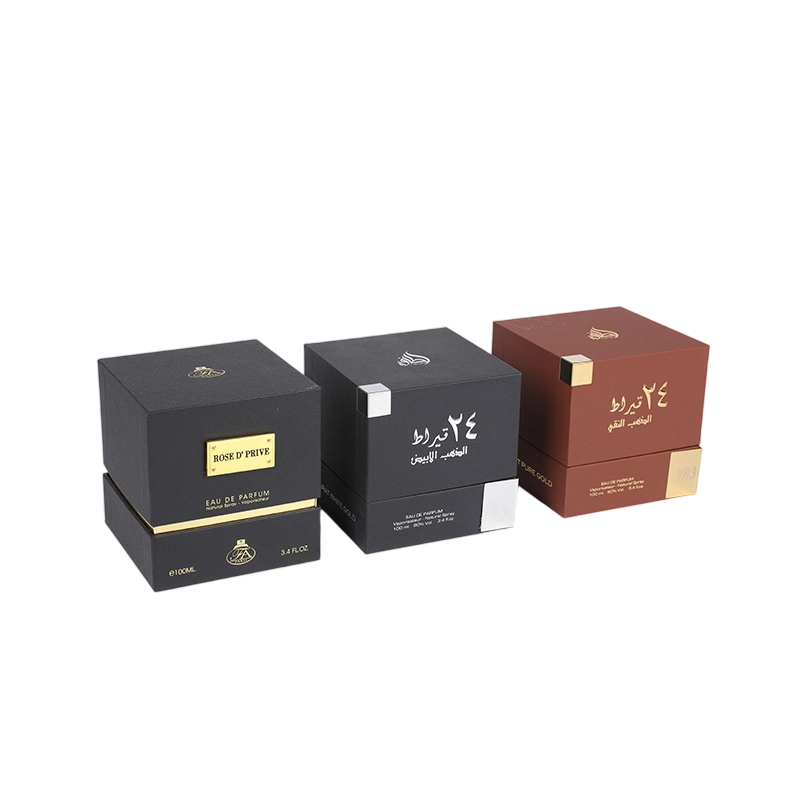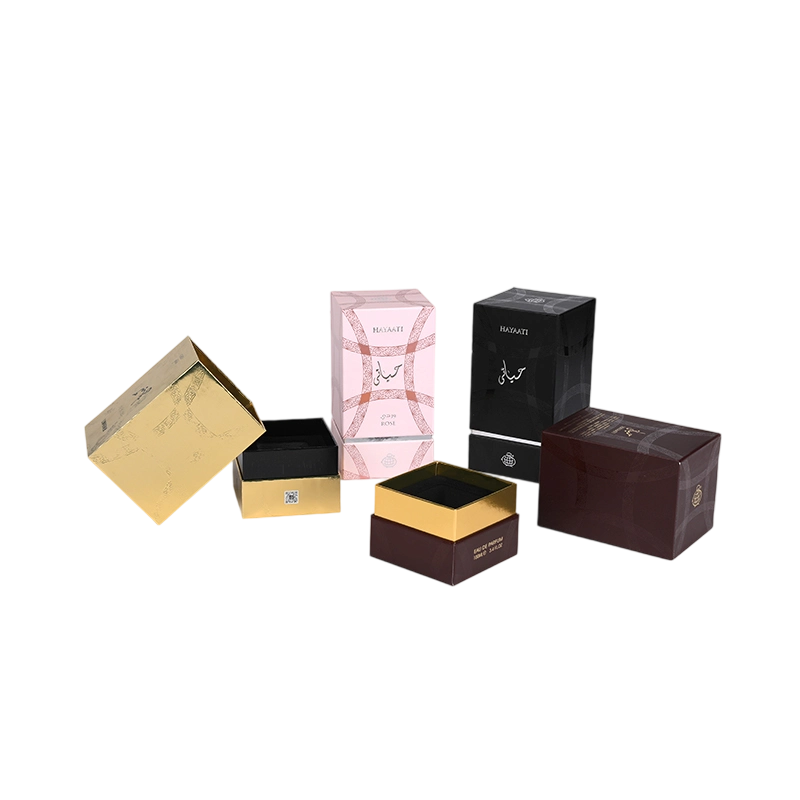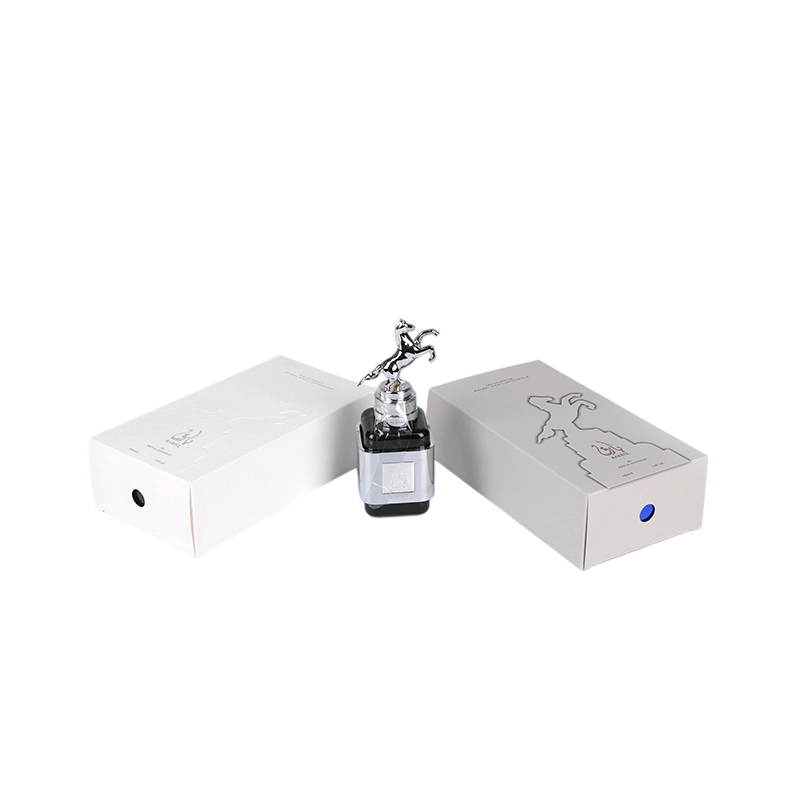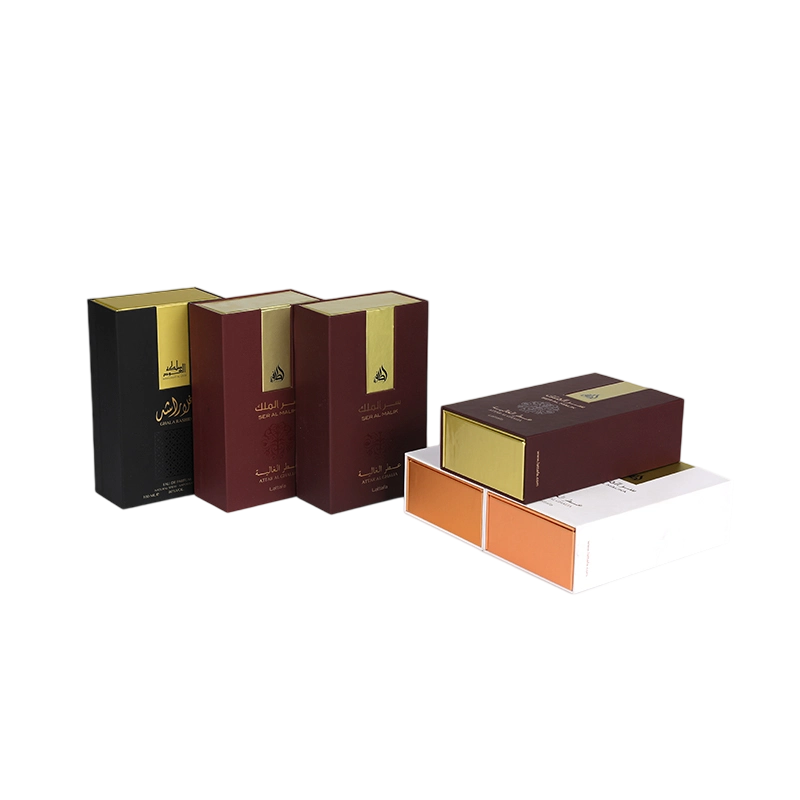The waterproof and moisture-proof performance of the Tube Box is essential for the protection of items during packaging and transportation, especially in humid, high humidity or rainy environments. Its waterproof and moisture-proof performance directly affects the integrity and safety of the packaged items. The following are several key points on how to ensure that the Tube Box has waterproof and moisture-proof performance that meets specific needs:
1. Material selection and waterproof and moisture-proof performance
Waterproof treatment of cardboard materials: Traditional cardboard materials do not have waterproof capabilities themselves, but their waterproof and moisture-proof properties can be improved by waterproof coatings (such as polyethylene coatings, wax coatings, etc.) or the use of water-based moisture-proof coatings. These coatings can effectively prevent moisture penetration and prevent cardboard from absorbing moisture and causing deformation, collapse or strength loss.
Plastics and composite materials: If the product has a high waterproof demand, you can choose to use plastic tubular boxes, such as PVC, PE or PP and other plastic materials, which naturally have good waterproof properties and can effectively resist moisture penetration.
Aluminum foil material: Some tube boxes use aluminum foil as the inner or outer layer material. Aluminum foil has excellent waterproof, moisture-proof and air-proof properties, and is particularly suitable for applications that require complete isolation from external moisture, such as food or pharmaceutical packaging.
2. Moisture-proof sealing design
Sealing design: In order to improve moisture-proof performance, the design of the tube box is often equipped with a sealing strip or a sealing cover. Common sealing methods include tape sealing, plug-in sealing or magnetic closure design. These sealing designs can effectively prevent air, moisture or dust from entering the packaging box, thereby protecting the internal items.
Double-layer design: Some tube boxes are designed with a double-layer structure, with a sturdy cardboard or plastic outer layer and a moisture-proof material (such as moisture-proof film, aluminum foil layer, etc.) inner layer. This structure can further improve the waterproof and moisture-proof performance.
3. Application of moisture-proof packaging materials
Moisture-proof bags or moisture-proof films: Moisture-proof bags are usually placed inside the tube box or moisture-proof films are used for packaging. Moisture-proof bags use highly sealed materials, such as aluminum foil or polyethylene, which can effectively block water vapor and prevent external moisture from affecting the packaged items.
Hygroscopic materials: For products that require additional moisture-proof protection, the Tube Box can be equipped with a moisture absorbent (such as a silica gel bag, an activated carbon bag, etc.) to help absorb moisture inside the packaging box and further enhance the moisture-proof effect.
4. Application environment and temperature and humidity control
Transport environment control: The waterproof and moisture-proof performance of the Tube Box must be optimized according to the transportation and storage environment. If the items need to be transported by sea or air, the impact of marine climate or humid and hot environment on the packaging needs to be considered. In this case, it is particularly important to choose materials with high moisture-proof performance and thickened waterproof coatings.
Response to temperature and humidity fluctuations: In some environments, drastic changes in temperature and humidity may cause the material to expand and contract. In order to cope with this situation, the design of the Tube Box should have good adaptability, such as selecting composite materials with temperature resistance and waterproofness, and ensuring that the sealing performance is not affected by temperature changes in packaging design.

5. Waterproof and moisture-proof standards and tests
Waterproof and moisture-proof standards: The waterproof and moisture-proof performance of the Tube Box should comply with the corresponding international standards, such as ISO 2233 (Packaging - Waterproof Performance Test in Transport Environment) or ASTM D1970 (Standards for Moisture-proof Packaging Materials). These standards specify the test methods and qualification standards for waterproof and moisture-proof materials to ensure that the Tube Box can effectively resist the humid environment that may be encountered during transportation.
Actual testing: During the production process, strict waterproof and moisture-proof tests should be carried out to verify the water resistance of the material through methods such as immersion, dripping, and humidity boxes. Only after the test is qualified can it be ensured that the Tube Box provides sufficient protection in actual use.
6. Special Customized Moisture-proof Design
Customized design for specific products: For some particularly sensitive products (such as medicines, electronic products, food, etc.), targeted moisture-proof design may be required. For example, adding a sealing film to the moisture-proof layer or vacuum packaging to further reduce moisture infiltration to ensure the quality and service life of the product.
Multiple protective layers: Some Tube Boxes adopt a multi-layer protective design, that is, the outer layer has basic moisture-proof ability, the middle layer further increases the waterproof effect, and the inner layer is used to handle details to ensure that the items in the package can be fully protected in various environments.
7. Recyclability and environmental protection
Environmentally friendly materials: While ensuring waterproof and moisture-proof performance, the material selection of Tube Box should also consider environmental protection. The use of recyclable materials and harmless coatings can not only meet the waterproof and moisture-proof needs, but also meet environmental protection requirements and reduce the impact of waste on the environment.
Biodegradable materials: Some manufacturers are trying to use biodegradable waterproof materials, which are not only waterproof and moisture-proof, but also naturally degrade after being discarded to reduce environmental pollution.
The waterproof and moisture-proof performance of Tube Box can be optimized through a variety of designs and material options to meet specific needs. By selecting appropriate waterproof coatings, sealing designs, composite materials and desiccant, the performance of Tube Box in wet, humid or extreme climates can be effectively enhanced. In addition, customized designs can be made for different application environments (such as sea transportation, air transportation, food packaging, etc.) to ensure that the packaged items are not damaged by moisture during the entire transportation and storage process.

 English
English 中文简体
中文简体 عربى
عربى

